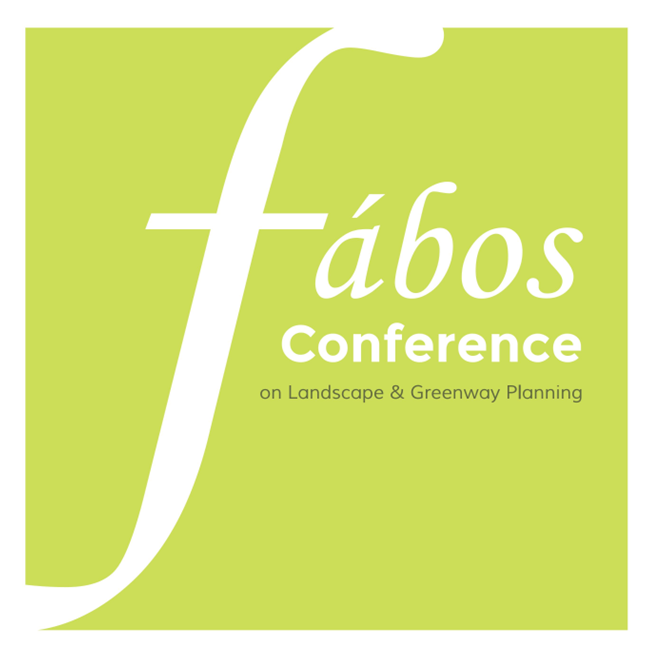Novel Urban Waterfront Ecosystem Services Evaluation, Monitoring and Improving Strategies
- Zhang Wei (Beijing Forestry University Department of Landscape Architecture)
- Jack Ahern (University of Massachusetts Department of Landscape Architecture and Regional Planning)
Abstract
The urban waterfront is the interface between urban areas and their adjacent water (Timur, 2013). Urban waterfronts have historically been the hub of transportation, trade and commerce. In the 20th century, many cities evolved from a manufacturing or trade economy to a service industry economy – often abandoning their waterfronts in the process, with common environmental problems, and creating the opportunity and need to reconceive the waterfronts (Smith et al., 2012). In the early 21st century, the waterfront regeneration trend has continued, often with a broader view of restoring and improving urban waterfront ecosystem services.
Here we suggest that this contemporary and continuous trend of urban waterfront regeneration represents a fundamental change in understanding and perception of urban waterfronts from a historical commercial/industrial place, to the waterfront as a special zone where goals for sustainability and resilience inspire new waterfront developments that explicitly aim to provide multiple ecosystem services, and support the concept of urban greenways.
Keywords: greenways, ecosystem services, urban, waterfront, strategy
How to Cite:
Wei, Z. & Ahern, J., (2016) “Novel Urban Waterfront Ecosystem Services Evaluation, Monitoring and Improving Strategies”, Fábos Conference on Landscape and Greenway Planning 5(1). doi: https://doi.org/10.7275/fabos.633
Downloads:
Download PDF
353 Views
160 Downloads
